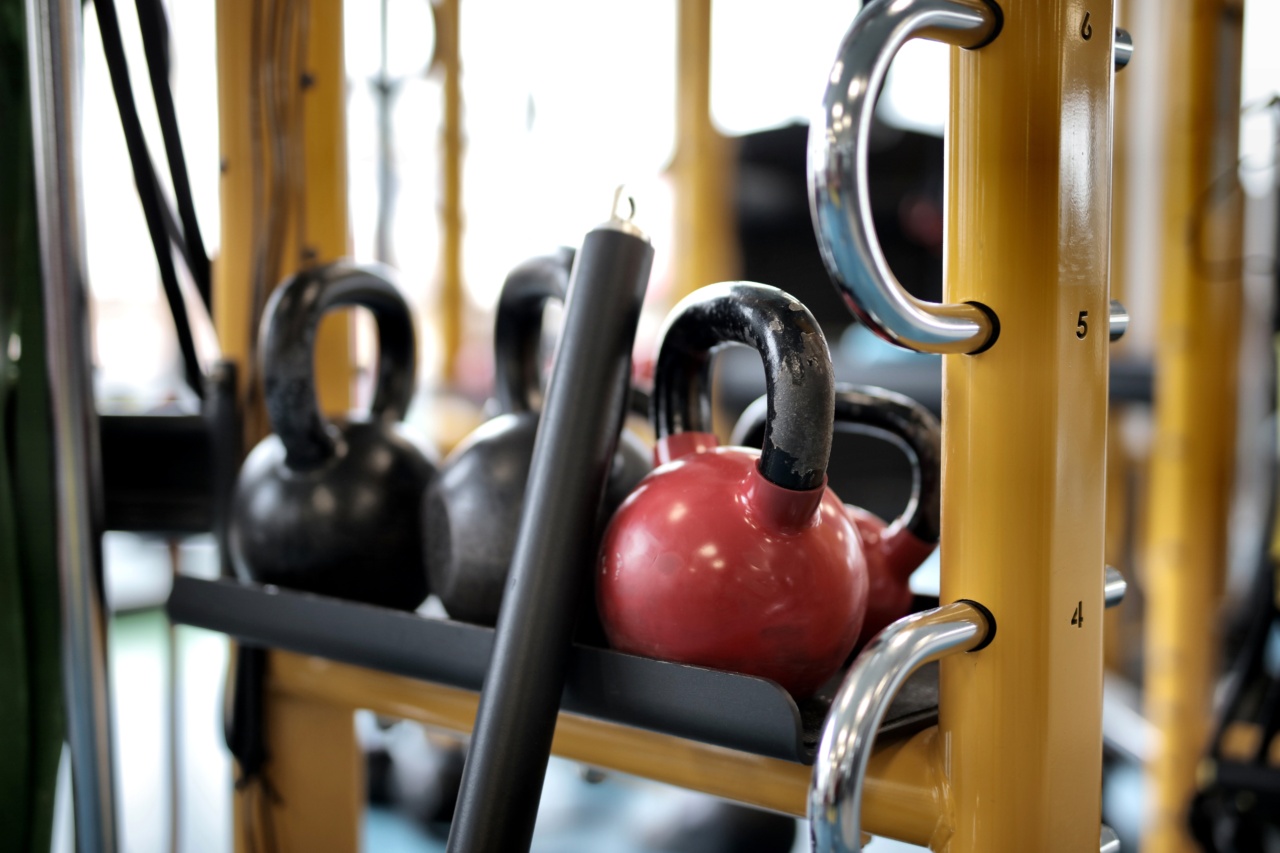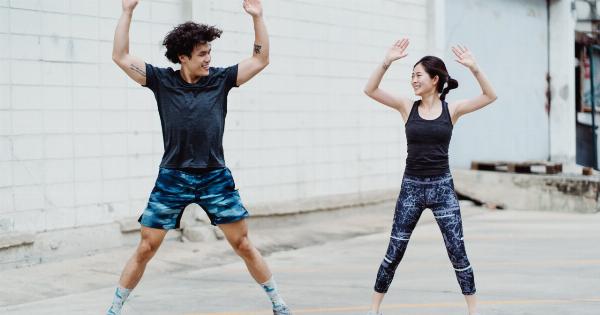Physical activity plays a crucial role in maintaining overall health and well-being. Engaging in regular exercise not only helps improve physical fitness but also promotes mental and emotional health.
Numerous studies have shown that incorporating physical activity into one’s daily routine can significantly extend life expectancy and reduce the risk of chronic diseases. This article explores the importance of physical activity and its impact on longevity.
Physical Activity and Longevity
Research has consistently shown a positive correlation between physical activity and longevity. Studies indicate that individuals who engage in regular exercise have a lower risk of premature death compared to those leading sedentary lifestyles.
According to the World Health Organization (WHO), insufficient physical activity is one of the leading risk factors for global mortality, accounting for approximately 3.2 million deaths each year.
Engaging in regular physical activity can increase life expectancy by up to five years, reducing the likelihood of developing lifestyle-related diseases.
Prevention of Chronic Diseases
Regular physical activity plays a pivotal role in preventing chronic diseases such as cardiovascular diseases, diabetes, obesity, and certain types of cancer.
These conditions are major contributors to premature death and can significantly impact quality of life.
Cardiovascular diseases, including heart attacks and strokes, are leading causes of death worldwide.
Engaging in aerobic exercises, such as brisk walking, running, or cycling, enhances cardiovascular health by improving heart and lung function, reducing blood pressure, and lowering cholesterol levels.
Physical activity also helps prevent and manage type 2 diabetes. Regular exercise improves insulin sensitivity, allowing the body to use blood sugar more effectively.
This lowers the risk of developing diabetes and helps control blood glucose levels in individuals already diagnosed with the condition.
Maintaining a healthy weight is crucial for overall well-being and longevity. Physical activity facilitates weight management by burning calories and increasing metabolism.
Regular exercise also builds muscle, which helps in maintaining a higher resting metabolic rate.
Studies have indicated that regular physical activity can reduce the risk of certain cancers, including colon, breast, and lung cancer.
While the exact mechanisms are not fully understood, exercise is believed to regulate hormone levels, boost the immune system, and improve digestion, all of which contribute to cancer prevention.
Improvement of Mental Health
Physical activity not only enhances physical health but also plays a significant role in improving mental and emotional well-being.
Regular exercise has been shown to reduce symptoms of anxiety and depression, enhance mood, and increase overall psychological well-being.
Engaging in physical activity stimulates the production of endorphins, commonly known as “feel-good” hormones, which help alleviate stress and improve mood.
Exercise also increases blood flow to the brain, improving cognitive function and reducing the risk of age-related cognitive decline.
Enhancement of Bone and Muscle Health
Age-related bone and muscle loss are common concerns that can significantly impact mobility and independence.
Physical activity, particularly weight-bearing exercises like walking, running, and resistance training, can help maintain bone density and muscle mass, reducing the risk of osteoporosis and sarcopenia.
Regular exercise stimulates the production of new bone tissue, which helps prevent bone loss. It also strengthens muscles, tendons, and ligaments, improving overall balance, coordination, and flexibility.
Maintaining muscle strength and joint flexibility is essential for preventing falls and injuries, especially among older adults.
How to Incorporate Physical Activity into Daily Life
It’s never too late to start incorporating physical activity into daily life. Here are a few tips to help get started:.
1. Set Achievable Goals
Begin by setting realistic and achievable goals based on your current fitness level. Start with small steps, such as taking a daily 30-minute walk or engaging in activities you enjoy, such as dancing or gardening.
2. Find an Activity You Enjoy
Engaging in an activity you truly enjoy makes it easier to stick with a regular exercise routine. Whether it’s swimming, cycling, yoga, dancing, or team sports, find something that brings you joy and make it a regular part of your schedule.
3. Make it a Habit
Consistency is key when it comes to physical activity.
Create a routine that works for you, whether it’s allocating specific time slots each day or incorporating exercise into daily activities, such as opting for stairs instead of elevators or walking or biking instead of driving for short distances.
4. Stay Motivated
Find ways to stay motivated and accountable. Joining exercise groups or classes can provide a sense of community, support, and motivation.
Tracking your progress, rewarding yourself for meeting goals, and seeking support from friends and family can also help you stay on track.
5. Gradually Increase Intensity
As your fitness improves, gradually increase the intensity and duration of your workouts. This helps challenge your body, push your limits, and continue reaping the benefits of physical activity.
Conclusion
Physical activity is essential for a longer, healthier, and more fulfilling life.
Engaging in regular exercise not only reduces the risk of chronic diseases but also improves mental health, enhances bone and muscle health, and increases overall longevity. By incorporating physical activity into our daily lives, we can significantly improve our well-being and enjoy the numerous benefits it offers.































